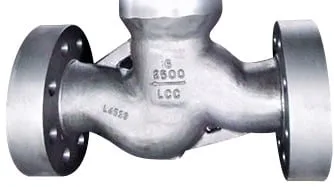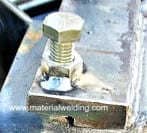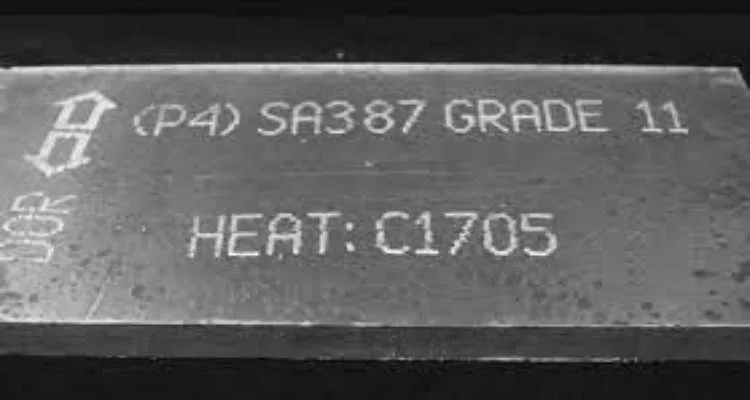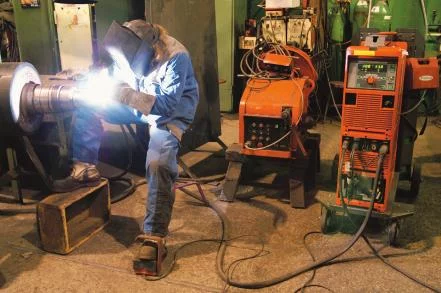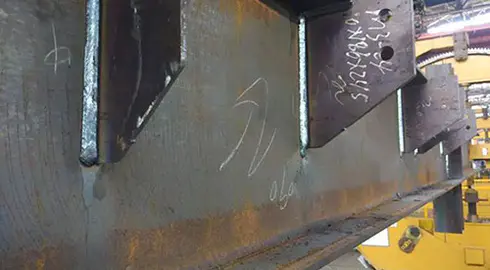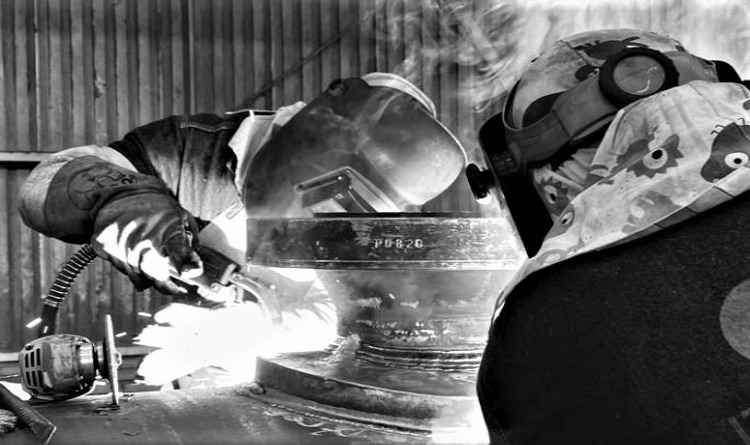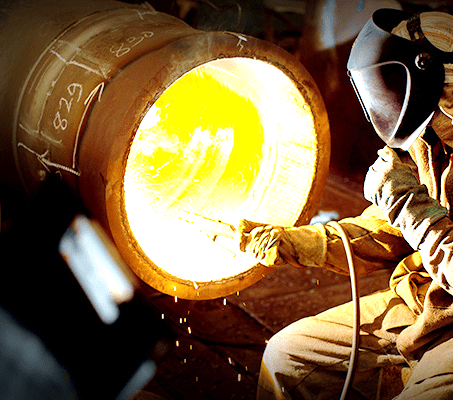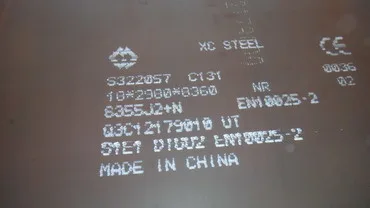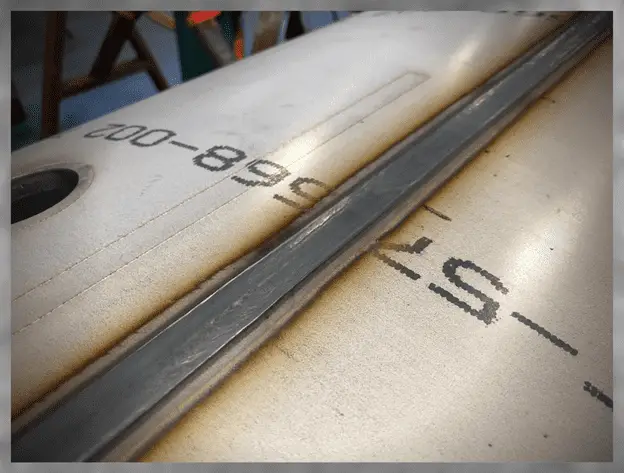This post explain in depth welding guidelines & properties of ASTM A216 WCA, WCB & WCC welding.
What is ASTM A216 WCB?
ASTM A216 WCB is a carbon steel casting used to make value, fittings, flanges and other pressure parts used for high temperature service.
ASTM A216 castings are available in three grades: grade WCA, WCB and grade WCC.
Grade WCB is the most commonly used grade. It has good mechanical properties and weldability. Grade WCB has higher carbon content and is used for applications requiring higher strength.
All grades of ASTM A216 can be joined by welding. The most common welding process used for ASTM A216 WCB is shielded metal arc welding (SMAW), also called stick welding.
Other processes, such as gas metal arc welding (GMAW) and flux cored arc welding (FCAW), can also be used.
ASTM A216 WCB Equivalent
ASTM A216 WCB equivalent materials are:
- DIN 17245 GS-C25 1.0619
- SCW400
- AISI 1030
The UNS Number of ASTM A216 WCB is G10300. The Welding P-Number & Group Number for ASTM A216 WCB is P-Number: 1 & Group No. 1.
ASTM A216 WCB Chemical composition
The American Society for Testing and Materials (ASTM) A216 WCB is a standard material specification for weldable high temperature carbon steel casting.
The chemical composition for the ASTM A216 WCB grade are given in the table 1:
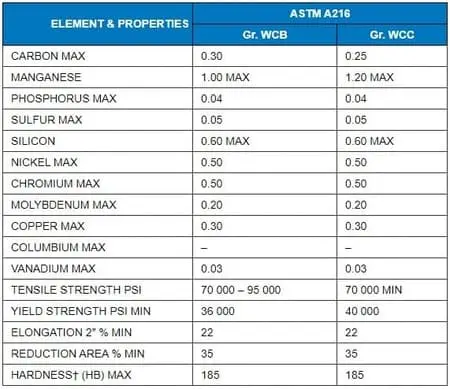
ASTM A216 WCB Mechanical Properties
ASTM A216 WCB is a material grade specification for Carbon Steel castings intended for use in high temperature service.
The main benefit of using WCB is its superior mechanical properties, which are achieved through a combination of high carbon content and careful control of impurities.
The main Mechanical properties of ASTM A216 WCB grade are given in the Table 1 above.
ASTM A216 WCB Temperature Range
ASTM A216 WCB is a low carbon steel that is commonly used for industrial applications requiring good ductility and weldability.
The temperature range of ASTM A216 WCB is from -20°F (-29°C) to 800°F (427°C).
At temperatures below -20°F (-29°C), the material becomes increasingly brittle and should therefore be avoided for use in these conditions.
Above 800°F (427°C), the material begins to lose its strength and ductility, making it unsuitable for use in further high temperature applications.
A216 WCA WCB & WCC Welding Electrode
E7018 is the recommended welding electrode for A216 WCB cast steel. This electrode is able to produce high-quality welds with good impact properties.
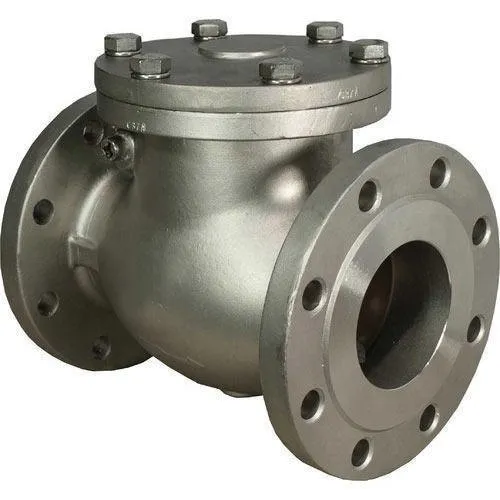
The E7018-A1 electrode is also recommended for use with this steel. This electrode has a extra molybdenum content, which makes weldment better suited for high temperature oxidation & strength.
A216 WCB MIG Welding
MIG welding can be used to weld A216 WCB filler wire rod. ER70S-2 and ER70S-A1 filler wire rod are used for TIG & MIG Welding applications for ASTM A216 WCA, WCB & WCC Grades.
A216 WCB Welding Procedure
Welding is a critical process in the fabrication of many metal products. In order to create strong, reliable welds, it is important to use the proper welding procedure and materials.
The ASTM A216 WCB specification outlines the requirements for welding carbon steel castings for welding repair purposes.
Welding A216 WCB can be a challenge, but with the right welding procedure it can be done successfully. Here are the steps for welding A216 WCB:
1. Preheat the metal to prevent cracking.
2. Use low hydrogen electrodes.
3. Keep the weld pool small.
4. Use a stringer bead technique.
5. Make sure the welding rods are properly baked.
6. Peen the weld to relieve stress if facing any cracking issues.
7. Post weld heat treat if necessary.
ASTM A216 WCB Heat Treatment
ASTM A216 WCB shall be given Heat Treatment after welding to relive the stresses. A stress relief annealing is usually applied post welding in thick casting at a temperature of 1100°F (600°C) for 1 hour minimum.
FAQS:
ASTM A216 WCB vs. A105
There are three commonly used carbon steel grades for valves and piping applications, ASTM A216 WCB, A105, and A350 LF2.
Each has its own advantages and disadvantages that should be considered when selecting the appropriate grade for a given application. Note that:
- ASTM A216 WCB is a casting material for high temperature services.
- ASTM A105 is a Forging material for ambient & high temperature services.
- ASTM A350 LF2 is a Forging material for high toughness requirements.
ASTM A216 WCB is the most popular choice for high-temperature service, as it has good elevated temperature strength and resistance to scaling.
A105 is a carbon steel forging used for ambient & high temperature pressure systems.
ASTM A216 WCB vs. A352 LCC
Both ASTM A216 WCB and A352 LCC are Steel casting materials.
ASTM A216 WCB is for high temperature applications while the A352 LCC is for low-temperature applications.
A352 LCC are tested at a temperature of −50°F [–46°C].
WCB Material vs. Cast Iron
Cast irons presents more difficulties than welding WCB materials. Because of the high carbon content of cast irons, they are prone to cracking during welding.
WCB material is a medium carbon steel casting with a carbon content of 0.3% to 0.4%. It is typically used in applications where strength and toughness are required, such as in pressure vessels and pipes. WCB material is easy to weld and is not susceptible to cracking during welding.
Cast iron is an alloy of iron, carbon and silicon. It has a high carbon content, typically 3% to 4%, which gives it its characteristic hardness and strength.
WCB Materials are the name for Steel casting having low carbon content and ferrite-pearlite microstructure.
In terms of welding, WCB material is often thought of as an alternative to cast iron. While both WCB and cast iron have their pros and cons, there are some key differences that should be considered when deciding which material to use.
For one, WCB is typically more expensive than cast iron. It also has a lower carbon content, meaning it can be easier to weld.
ASTM A216 WCB vs. ASTM A 216 WCC
There are three main types of carbon steel castings that can be used for high temperature applications: ASTM A216 WCA, WCB, and WCC.
Each of these steels has different chemical and mechanical properties that make them suitable for different applications.
ASTM A216 WCB has a high carbon compared to A216 WCC Grade.
Both ASTM A216 WCB and WCC has same mechanical properties.
Both ASTM A216 WCB and ASTM A216 WCC can be welded using standard welding methods, but care must be taken to ensure that the correct filler metal is used.
